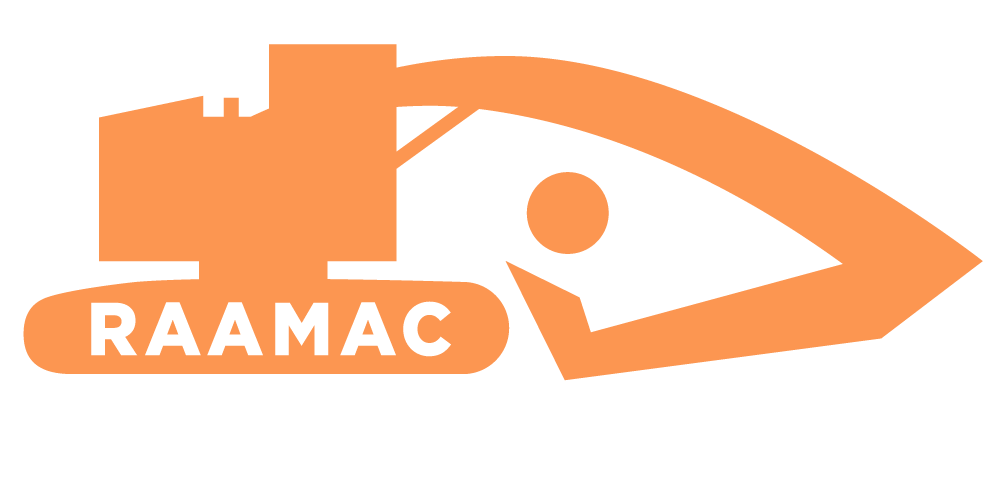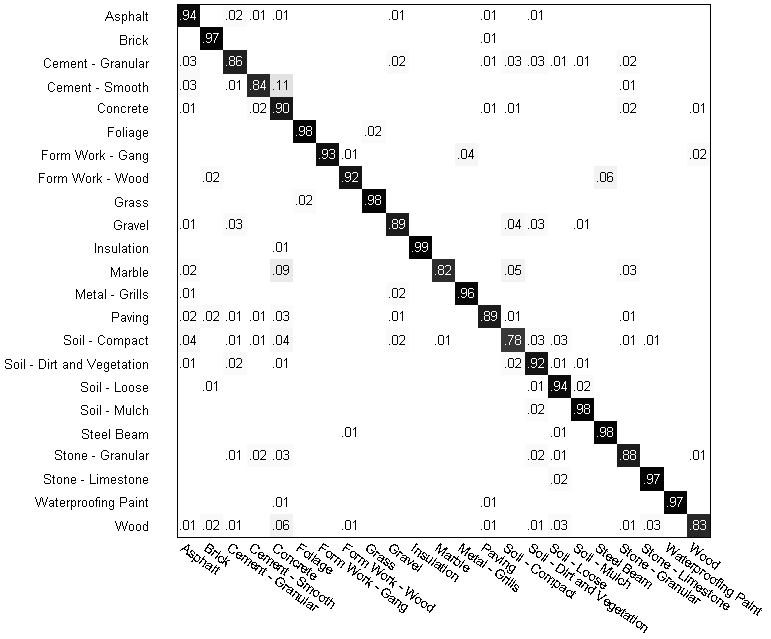Construction Material Library (CML)
In an effort to automate progress monitoring of construction, the appearance-based method was proposed by the RAAMAC researchers. The effort this time was beyond generating point cloud data. We took a step further to acquire semantic information such as construction materials and interconnectivity to be recognized for building elements. In the case of materials such information can only be derived from appearance-based data contained in 2D images. Currently, the state-of-the-art texture recognition algorithms which are often used for recognizing materials are very promising (reaching over 95% average accuracy), yet they have mainly been tested in strictly controlled conditions and often do not perform well with images collected from construction sites (dropping to 70% accuracy and lower). In addition, there is no benchmark that validates their performance under real-world construction site conditions. To address these limitations, we propose a new robust vision-based method for material detection and classification from single images taken under unknown viewpoint and site illumination conditions. In the proposed algorithm, material appearance is modeled by a joint probability distribution of responses from a filter bank and principal Hue-Saturation-Value color values. This distribution is derived by concatenating frequency histograms of filter response and color clusters. These material histograms are classified using a multiple one-vs.-all chi-square kernel Support Vector Machine classifier. Classification performance is compared with the state-of-the-art algorithms both in computer vision and AEC communities. For experimental studies, a new database containing 22 typical construction materials with more than 150 images per category is assembled and used for validating the proposed method.
Share this
Products
Results
The confusion matrix below shows a normalized confusion matrix that validates individual categories of CML showing each accuracy and the percentages of misclassification or confusion for all other material types. The average accuracy was 92.4%. Most categories have above 90% accuracy. These high accuracies and even those below 90% are expected not to impact the accuracy of appearance-based progress monitoring method when a large number of image patches are classified and highest frequencies of the classifications are computed.
Dataset
The Construction Material Library used for the four case studies - RH112, RH160, SD118, and SD288
Code
Our code will be released upon acceptance of the paper under review...please stay tuned
publication
Han, K., Golparvar-Fard, M. (2015). "Appearance-based Material Classification for Monitoring of Operation-Level
Construction Progress Using 4D BIM and Site Photologs," Journal of Automation in Construction.


